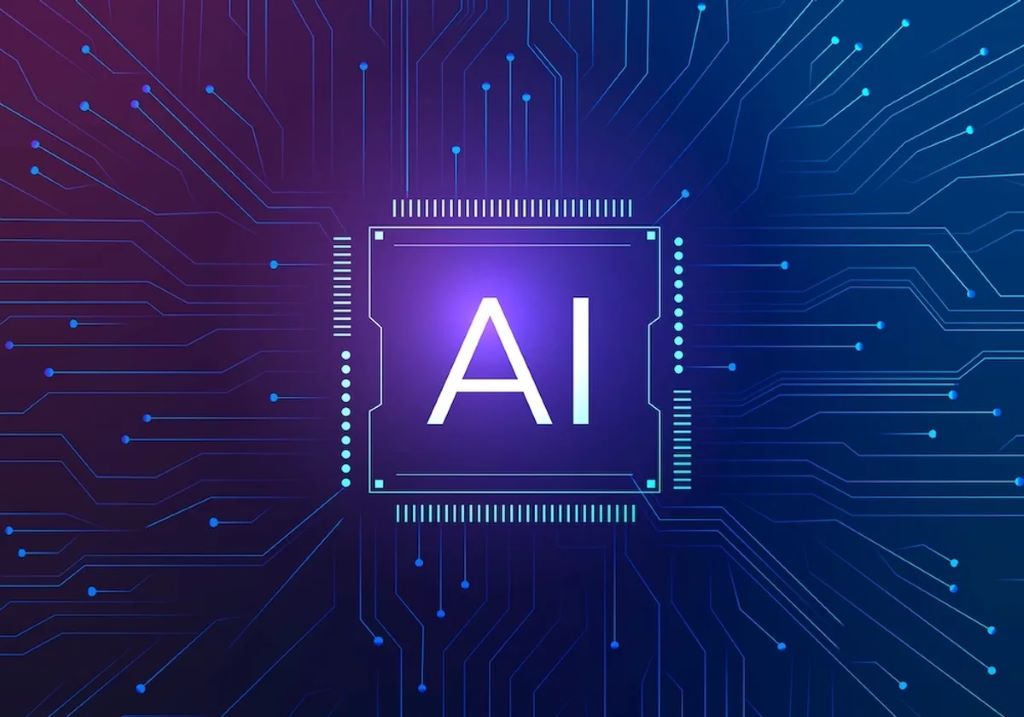By 2026, defensive spend to derisk loss of intellectual property (IP) and occurrence of copyright infringement will slow generative AI (GenAI) adoption and diminish returns, according to Gartner.
“As GenAI advances, regulators are rushing to keep pace,” said Rita Sallam, Distinguished VP Analyst at Gartner. “IP risk is not a new issue. However, copyright infringement risk, previously a limited risk, now affects potentially everyone in the organization. Copyright infringement risk must be incorporated into the vendor selection and governance process, while workers must be trained on assessment tools.”
Pressure To Demonstrate Business Value
By 2026, 75% of Chief Data & Analytics Officers (CDAOs) that have failed to make organization-wide influence their top priority will have been assimilated back into technology functions.
“There is greater pressure than ever on D&A leaders to demonstrate business value, but now, it’s existential to their role,” said Sallam.
D&A leaders need to become indispensable and highlight the business outcomes stakeholders care about, such as data quality impact and the accuracy of personalization models which drives higher revenue and retention.
By 2027, 40% of CDAOs will have rebranded governance as business enablement of strategic business initiatives from the outset.
Today, governance is critical to value realizations and chief data and analytics officers (CDAOs) must track governance investments against business value. Organizations that do so will achieve both their data governance objective and business enablement.
“CDAOs who are successful in articulating the impact of D&A governance through the lens of value to the stakeholder are more likely to be strategically involved across the organization,” said Sallam. “Top-performing D&A leaders are far more effective at informing senior business leaders about the impact of D&A capabilities than low performers.”
By 2027, 60% of organizations will fail to realize the anticipated value of their AI use cases due to incohesive ethical governance frameworks.
While governance is often underinvested and undervalued, it is a necessary factor for success. However, many leaders will fail to account for ethics as they proceed with AI. “Organizations should translate principles into practical guidelines; people won’t adopt it if D&A leaders don’t,” said Sallam. “Seek out influential allies to make governance a strategic business enabler to make ethics a distinct priority in governance discussion.”
By 2028, more than 50% of enterprises that have built their own large language models (LLMs) from scratch will abandon their efforts due to costs, complexity and technical debt.
CDAOs should balance AI ambition with risk tolerance and view the cost of tech debt as an “options price” to accelerate learning and market impact. With this in mind, Gartner predicts that by 2027, GenAI tools will be used to explain legacy business applications and create appropriate replacements, reducing modernization costs by 70%.
“The key will be to design open systems to switch models as innovation warrants,” said Sallam. “That redundancy will have a cost as well, but may be offset by GenAI tools that can accelerate migrations.”
By 2027, 75% of new analytics content will be contextualized for intelligent application through GenAI, enabling a composable connection between insights and actions.
Natural language has become the new application composer and as such, adoption of GenAI industry models will grow. CDAOs should explore autonomous agents to take action as they mature. By 2027, over half of the GenAI models used by enterprises will be domain-specific, up from 1% today.
“The next wave of autonomous agents have the potential to take action as part of an application workflow as they mature,” said Sallam.
By 2027, GenAI-enhanced cost optimization will automate 40% of data and analytics spending in cloud-based data ecosystems.
Cost and cost uncertainty are significant risks to success; GenAI-enhanced cost optimization will offer CDAOs a competitive advantage. GenAI is both the problem and the solution when it comes to cost optimization, which is a complex discipline with highly interconnected outcomes.
“GenAI uncertainty will drive adoption of GenAI-enabled Cloud Financial Management tools or Augmented FinOps,” said Sallam. “GenAI provides an easy, natural language interface that can reduce complexity by identifying connections between disparate components of the data ecosystem; organizations should look for vendors with these capabilities on their roadmap.”
By 2025, use of natural language as a primary data management application programming interface (API) will be the dominant interface leading to a 100x consumption of data across the ecosystem.
One of the biggest challenges for data management leaders to showcase value and scale their engineering efforts is business use and adoption of data. Incorporating GenAI in data platforms makes it easier to use natural language through prompts as a common API to create queries and also to perform mappings.
“GenAI is set to transform data management technology and platforms, and AI-ready data will be a critical element of AI success,” said Sallam. “D&A leaders should start prioritizing projects, pipelines and data products that are not being utilized due to lack of data prep skills from the business.”
By 2025, 90% of current analytics content consumers will become content creators enabled by AI.
“Natural language will not only be the language of data, it will also turn most content consumers into content creators enabled by AI; expect new user experiences beyond dashboards,” said Sallam. “We’ve been seeing this for a while, but new natural language and automated insight have driven user experience to displace dashboard use.”



